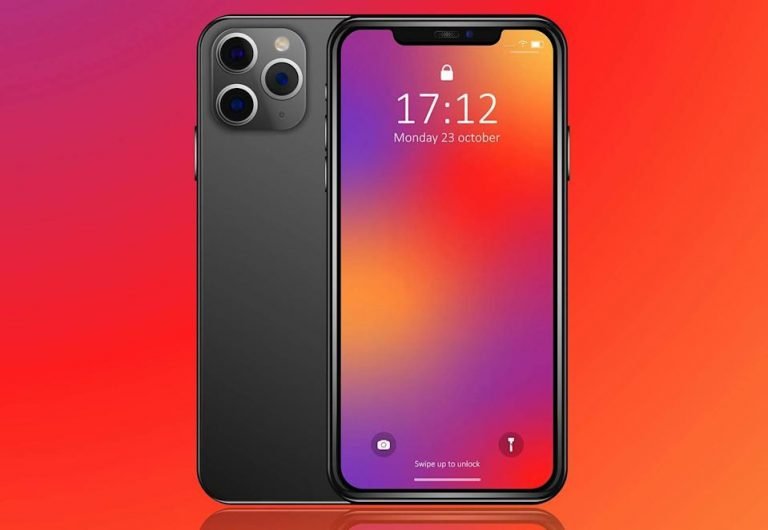New Delhi: The first developer betas of iOS 15.4, iPadOS 15.4, and macOS Monterey 12.3 have been released by Apple. The ability to unlock your iPhone with Face ID while wearing a mask is one of the most significant improvements in the latest beta release of iOS 15.4. On the other hand, the delayed Universal Controls are included in the beta releases of iPadOS 15.4 and macOS 12.3 to improve the experience for consumers who have both iPad and Mac devices.
Apple’s proprietary face recognition technology has been updated with the ability to unlock the iPhone using Face ID with a mask. People have been wearing face masks since the start of the COVID-19 pandemic in early 2020, so it is one of the most sought-after features.

In the past, Apple attempted to fix the problem of Face ID not recognizing users who were wearing masks. It introduced a faster way to unlock a smartphone with Face ID support in 2020 using a passcode while wearing a mask. Last year, Apple added the option to use the Apple Watch to unlock Face ID-equipped iPhone models while wearing a mask. On the other hand, users were largely indifferent to both the updates.
The new beta release of iOS 15.4 shows that Apple is finally responding to user pleas to allow users to unlock their iPhones with Face ID while wearing a mask.
When wearing a mask, Apple has trained new algorithms to recognize users based on their eye area. It allows customers to unlock their iPhones with Face ID without removing their masks or using a passcode or other methods like their Apple Watch.
When users initially turn on their iPhone running iOS 15.4, they have the option to set up Face ID with a mask. Alternatively, after booting with iOS 15.4, the capability can be enabled by turning on the ‘Use Face ID with a mask’ option under Settings > Face ID & Passcode.
You do not need to wear a face mask during setup. This means enrolling for Face ID with a mask would be equivalent to enrolling for facial recognition technology on a regular basis.
According to Apple this feature is also compatible with glasses. However, when using Face ID with a mask, it is recommended that you enroll for your glasses separately. With each enrolled appearance, you can use up to four pairs of glasses.
It’s worth noting that, while Face ID is available on the iPhone X and later devices, the ability to use Face ID with a mask is only available on the iPhone 12 and newer models. It is also not available for iPad users yet.
According to Apple, Face ID is at par with existing face recognition solutions with the accuracy and security of masks. With a single enrolled presence, the odds of a random person in the population seeing your iPhone and unlocking it using Face ID is about one in 1,000,000.
In addition to the Face ID upgrade, the first developer beta of iOS 15.4 adds the ability to copy text from items to the Notes and Reminders app using the camera. Heart hands, cleft lips, pregnant woman and pregnant man, hamsa and other new emoji have also been added.
In addition to the iPhone beta, Apple has also released the first developer beta of iPadOS 15.4 and macOS Monterey 12.3 with Universal Controls. The feature was revealed at last year’s WWDC and was expected to be included in macOS Monterey when it is released in October. Apple, on the other hand, postponed the release by a few months.
With Universal Controls, you can use the same keyboard, mouse, or trackpad on your Mac and iPad. You can also connect to multiple Macs or iPads at the same time and move your pointer between them or between text on your Mac or iPad. Users can also drag and drop content from one Mac to another using this feature.
Universal Control establishes a link between your Mac and iPad using Apple’s Continuity. To use the Signal Apple ID, you’ll need both devices. Universal Control requires that the devices are within a few meters of each other and that Bluetooth, Wi-Fi, and Handoff are enabled.
This isn’t the first time Apple has made the link between a Mac and an iPad device possible. The company has done this before with SideCar, a function that allows customers to use their iPads as a secondary display or input device. Universal Controls, on the other hand, takes it a step further by allowing users to control both a Mac and an iPad with a single keyboard, mouse, or trackpad.
Apple has not given a specific date for when the features will be released in the general market. In the meantime, you can test them on another device by signing up for a public beta release of new software from the Apple Beta Program.

